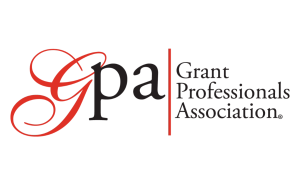A capital campaign is a distinct, intense effort to raise a large amount of money for a major organizational improvement such as a new building, extensive renovation, or large-scale, expensive equipment. There’s a well-established campaign goal and a firm deadline for the process that requires do-or-die commitment.
“A capital campaign has lots of moving parts and the choreography is well-established,” said Barbara Floersch, grants expert and author of You Have a Hammer: Building Grant Proposals for Social Change. “Grants can be critical to reaching the goal, but before diving in there are considerations you’ll need to address.”
While government grants are sometimes part of the funding mix, most capital grants come from private and corporate foundations. Communicating with funders before submitting a grant proposal is always a best practice, but pre-submission communication is even more imperative in the campaign environment.
Grantmakers that traditionally support your organization are much more likely to support the capital campaign. But before asking for a capital grant you need to know whether that grant would supersede the funders’ annual operating or programmatic support. Some funders will consider capital projects separately from other requests, but if you find yourself in an either-or situation, you’ll have to decide which support is most important.
When exploring new funders for the campaign, you’ll look for those with demonstrated interest in your issue area and willingness to make capital awards. That combination of assets can be hard to find, and sometimes even the most thorough research won’t produce a clear go/no-go answer. If there’s definite interest in your issue area but willingness to support capital projects is unclear, contact the funder for more information. Likewise, if willingness to do capital work is clear but the interest in your issue area is vague, reach out.
Once the feasibility study and campaign structure are set, volunteers and staffers quietly raise between 50% and 70% of the money from people who’ve been assessed to have the motivation and ability to give large gifts. Grants don’t come into play until the quiet phase of the campaign is wrapped up and the public phase of the work begins. Many funders won’t consider grants until at least 50% of the goal has been reached, so it is seldom possible to request grants before that milestone.
The process of applying for grants can take months, so depending on the timeline of the campaign and of the funders to whom you apply, securing grant support or commitments within the campaign window can be challenging. Meet with best-fit funders during the quiet phase of the campaign to explore possible workarounds that might bring timelines into alignment.
The narrative and budget requirements in capital proposals are somewhat different than in program or general operating requests. Grant professionals can use the quiet phase of the campaign to communicate with funders, lay out a grant proposal submission calendar, and pull together the detailed narrative and budget elements capital proposals require. “Quiet doesn’t mean dormant,” said Floersch. “Use that valuable time to line up high-quality prospects and draft proposals.”











